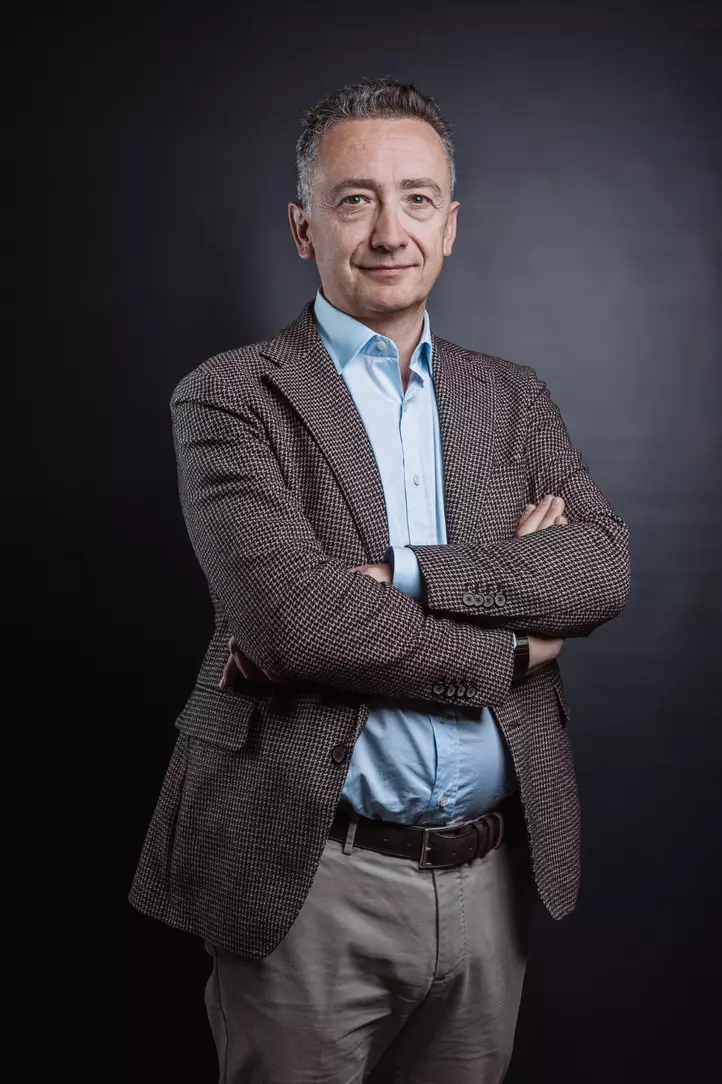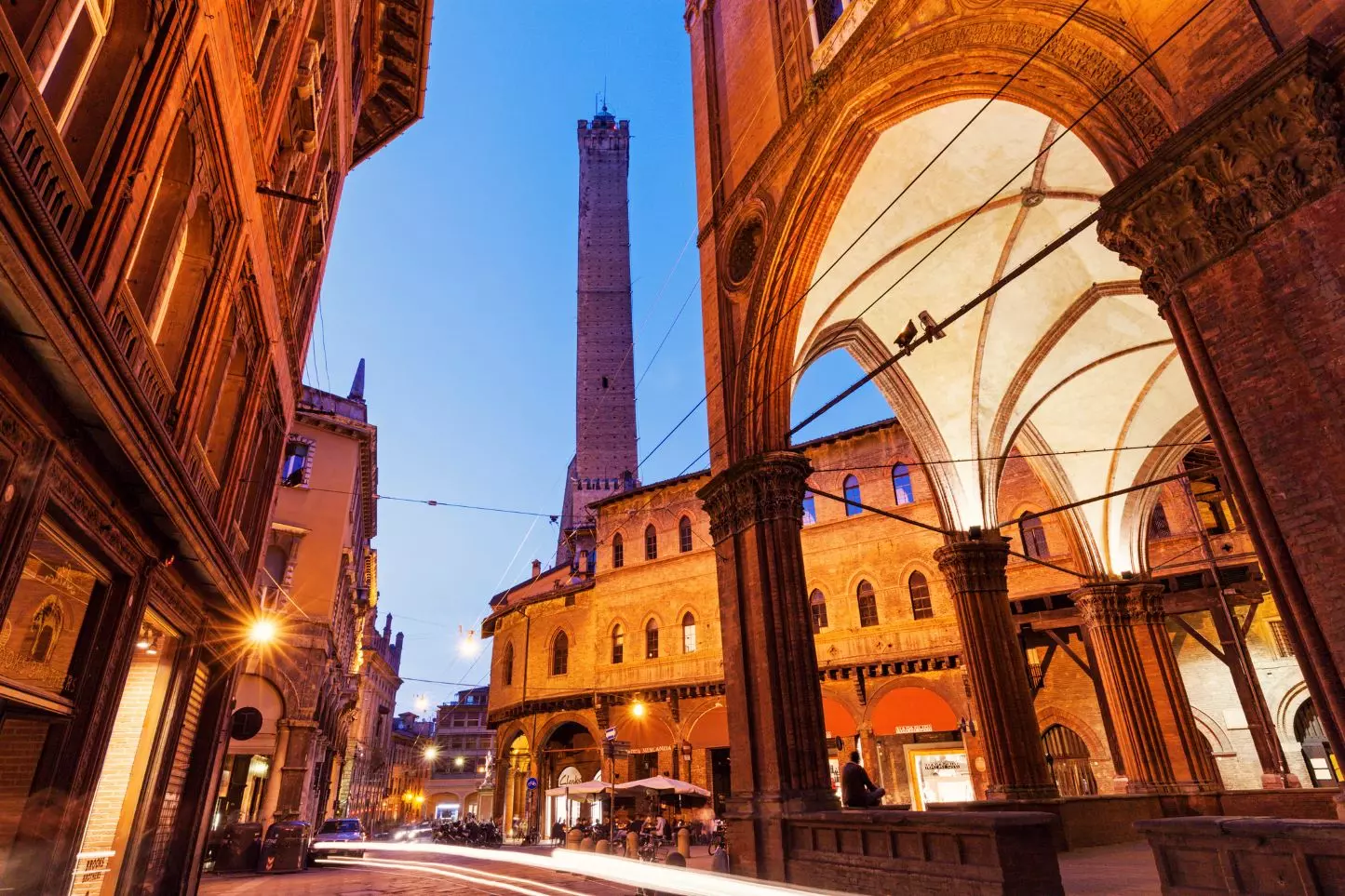Managing traffic, improving air quality, increasing road safety and reducing urban congestion. In major international metropolises, just like in Italy, we are currently witnessing a profound transformation linked to the growing development of smart cities, which is accompanied by ambitious sustainability goals. This is a long, step-by-step path, which necessarily requires the empowerment of local authorities, which are still often subject to a series of technological innovations that can hardly be ‘grounded’ on their own. CEO Stefano De Capitani tells Infra Journal how Municipia (an Engineering Group company) supports local authorities (over 600 municipalities of all sizes) in their digital transformation journey. For Municipia, a true ‘enabler’, this is a challenge that goes through coordination, planning and process management.

The need for technology in our cities is growing. Why and what do they need?
“Digital transition and ecological transition go hand in hand, which is why our cities today are increasingly in need of technology, but above all of being able to ground this technology, which today is no longer just vertical, it is an integrated ecosystem that must be coordinated and managed. That is why today's local authorities need to be supported by technology partners to help them build the urban and digital ecosystems necessary to address and support the change we are going through.”
Can you describe them to us?
“From the need to move quickly, to doing so economically and sustainably, mobility today is a new, living world in constant evolution that needs immediate and interconnected answers. To do this, it is increasingly necessary to have data and to understand who moves, how they do so, with what possibilities and ambitions. That is why it is very important to create models and predict flows with ‘digital twins’.”
What is this all about?
“It is a virtual replication of potential and actual physical resources, which are equivalent to objects, processes, places, infrastructures, systems and devices and which in our case allow us to replicate a system such as, for example, that of a city in order to simulate its traffic, movements, opportunities and thus create predictive models and change scenarios. These models change from reality to reality. But in a city ecosystem, based on the data, they implement the best possible model depending on the predetermined targets.
Does the memorandum with Yunex go in this direction?
“The agreement with Yunex Traffic Italia is part of our strategy to develop cities and their services to city users based on innovation, sustainability, and social inclusion. The digital ecosystem resulting from the integration of our solutions with those of our partners generates new value, implementing an end-to-end model of management and new processes of mobility regulation, infrastructure planning, urban space utilisation and service management, enhancing public-private collaboration also with a view to business process outsourcing.”
You are transforming many municipalities, what are the biggest difficulties?
“It is about designing, transforming and managing a process. These are all crucial stages, although the one we consider most critical is the last one. The subsequent management of a new technology or ecosystem requires specific skills that administrations often do not think about. Often a technology is acquired, but then no information is available on who manages it. As Municipia, we also, and above all, think carefully about this kind of ‘last mile’.”
Is there an obstacle related to cost or privacy issues?
“I would say no. On the contrary, there is no shortage of funds with the NRRP and the Project Financing or Public Private Partnership modalities are well suited to this development. As for privacy, the GDPR, which is a European Union regulation governing the way in which companies and other organisations process personal data, allows for close supervision. It is then necessary to distinguish the entity that processes our data. The public administration is one thing and the private individual operating under authorisation is another.”
For our cities, what would the ideal model be?
“A model that starts from a key assumption: mobility is not independent of other data such as economic, social, family, and employment situation. Only by considering the former as a function of these, and many other socio-environmental variables, can we build a winning model.”
Can you describe any models that are already a reality?
“Pisa, a city of art that is the socio-economic engine of an urban area of 200,000 inhabitants and attracts 300,000 tourists every month, was characterised by heavy congestion, with traffic congestion both in the historical centre and on the main access roads, hindering public transport. To regulate traffic flows, it was necessary to have a highly flexible and configurable system of access rules and tariffs for time slots and users, together with digitisation of the relevant mobility and parking permits. Today, thanks to the implementation of our mobility solutions, we have managed to create a unique platform for city mobility that digitalises existing processes and creates new web and mobile contact points with citizens and new services such as smart parking. In Bologna, on the other hand, we took the field to effectively monitor and manage accesses to the ZTL (Limited Traffic Zone), reduce the workload of city employees working at the counter, and improve the lives of citizens thanks to a dynamic, highly configurable system capable of responding to the constant changes in the regulation of accesses to the city's central zone.”
